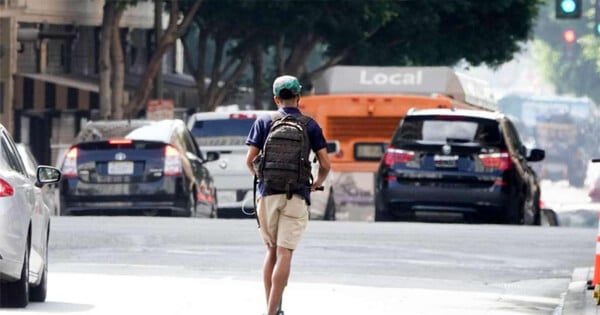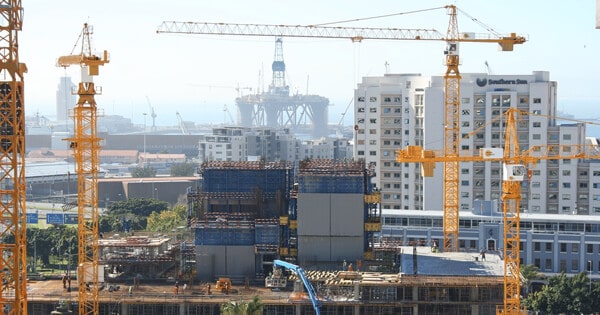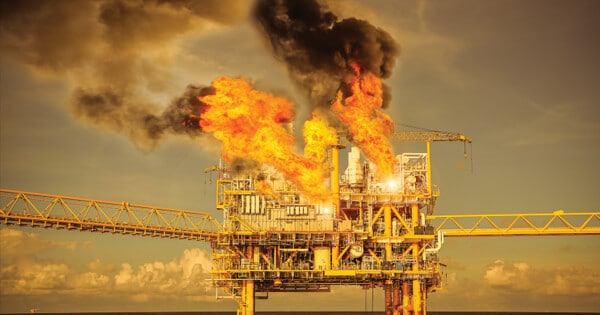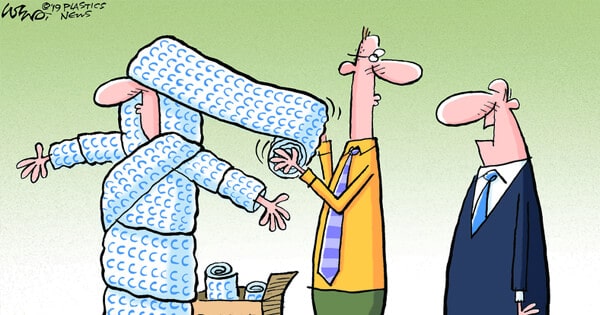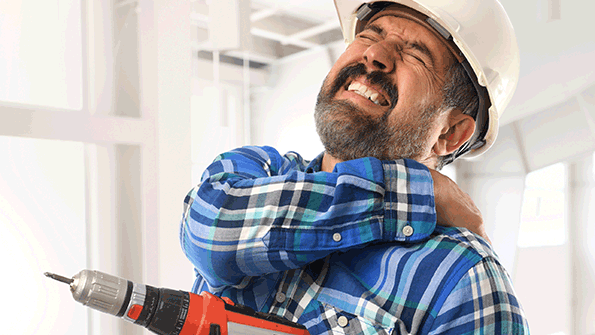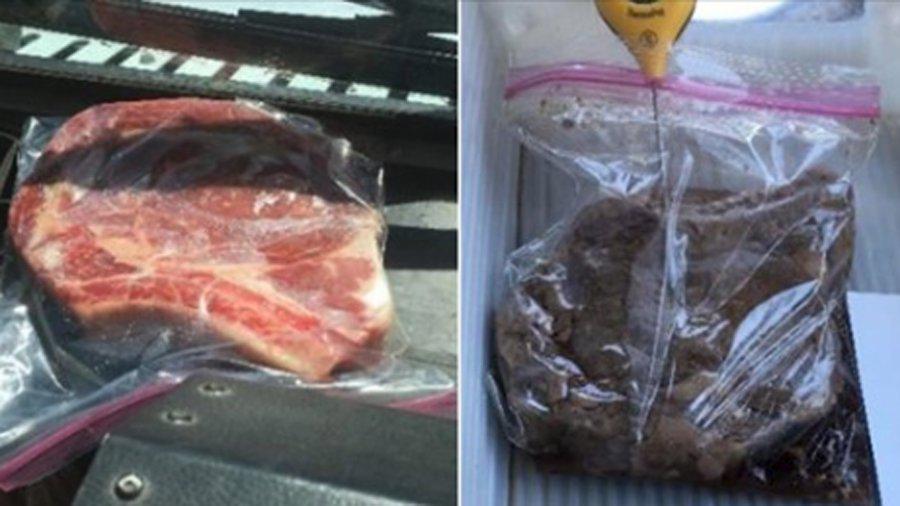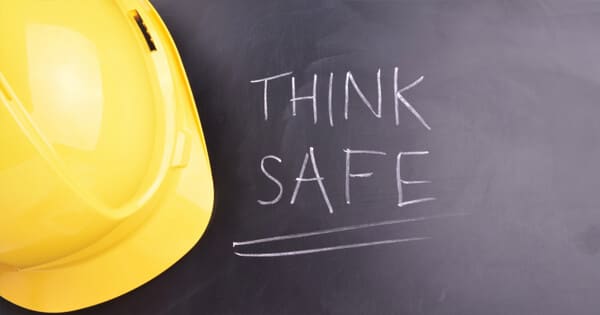Chloe Handley
- Filter by
- Categories
- Tags
- Authors
- Show all
- All
- Aviation
- Blog
- Capital Projects
- Capital Projects
- Client Results
- Coaching for Team Results
- Coaching for Team Results
- Coronavirus
- Coronavirus
- Events
- Fines
- From the web
- High Integrity Turnarounds
- High Integrity Turnarounds
- High Integrity Turnarounds
- High Performance Projects
- High Performance Projects
- High Performance Projects
- High Performance Projects
- High Performance Projects
- High Performance Projects™
- Jobs
- Leadership and Organizational Performance
- Leadership and Organizational Performance
- Leadership and Organizational Performance
- Leadership Development
- Manufacturing
- Mental Health
- News
- Others
- Penalties
- Performance Coaching
- Podcast
- Press Releases
- Safety
- Safety
- Safety
- Safety
- Safety
- Safety
- Testimonials
- Transformation
- Uncategorized
- Upcoming Events
- VUCA
- All
- behavior based safety
- behavioral safety
- Bennett Institute
- Capital Projects
- cardinal safety rules
- catastrophic events
- change the game
- Coaching
- Construction
- Construction and Infrastructure
- Construction Industry
- Construction Leader
- Construction Safety
- construction safety consultant
- construction safety training
- Construction Safety Week
- Coronavirus
- Daewoo
- Daewoo Shipbuilding and Marine Engineering
- Digital Strategy
- Dredging Contractor
- DSME
- employee safety training
- environmental health and safety
- Executive Coaching
- Fabrication Safety
- Fines
- Fire Magazine
- Fire safety
- fire safety Institute
- Florida Transportation Builder
- Gill Kernick
- Grenfell Tower
- High Performance
- high performance organizations
- Ian Hedding
- IIF
- incident and injury free
- JMJ
- JMJ Associates
- Kelli Bettenhausen
- Korea
- Leadership
- Leadership Coaching
- Major Capital Projects
- management of change safety
- Manufacturing
- Marine
- Marine Contractor
- Mining
- Mining Safety
- Offshore Oil & Gas
- Oil and Gas
- Oil and Gas Capital Projects
- Oil and Gas Major Capital Projects
- Oil and Gas Operations
- on site safety training
- Operations
- organizational transformation
- osha training
- Penalties
- Petrochemicals
- Pharmaceuticals
- podcast
- psychological safety
- Pulp and Paper
- Refinery Safety
- safe transformation
- Safety
- safety accident
- safety and training
- safety at work training
- safety capital projects
- safety cardinal rules
- safety consultant services
- safety consulting
- safety courses
- Safety Culture
- safety employee training
- safety in the workplace training
- safety incident
- safety leadership
- safety leadership training
- safety meeting
- Safety offshore
- Safety Oil Rig
- Safety Services
- Safety Services Company
- safety training
- safety training companies
- safety training consultants
- safety training for employees
- safety training in workplace
- safety training programme
- safety training workplace
- safety videos
- Safety Week
- SAPA
- Serious Accidents Punishment Act
- Shipping
- site safety training
- systemic change
- TCO FGP WPMP
- technical safety services
- Teichert
- Tom Peterson
- training on safety
- transformation manager
- transformational leadership
- Turnarounds
- Virtual Communication
- What Does Poetry Have to do with Leadership
- Will Burrus
- work safety training
- workplace safety training
- All
- Alan Palmer
- Andy Mais
- Anthony Park
- Billy Afghan
- Cathy Lobash
- Camille Ford
- Chloe Handley
- css2020
- CurataIntegration CurataIntegration
- Denis Percy
- Dan McAlpine
- Doug Mowle
- Flo Mostaccero
- Gil Judson
- Gill Kernick
- Greg Savage
- Harry Yang
- Jeff Bradshaw
- Jeff Williams
- Jennifer Chiappisi
- Jennifer McKeon
- Joseph Friedman
- JMJ Associates
- Joe West
- Julia Traskas
- Kelli Bettenhausen
- Kate Kaarthik
- Kevin Lagan
- Alex krijanovski
- Kathryn Schindler
- Laurie Brunner
- Louise Wheal
- Michael Huvane
- Mike Goddu
- Nils Steinbrecher
- Nick Klyne
- Rama Rothe
- Rick Bair
- Robin Wood
- Stephanie Kimball
- Steve Knisely
- Steve Pianalto
- Vikki Sanders
- Will Burrus
- Word Fence
Author: Chloe Handley
August 14, 2019
Published by Chloe Handley on August 14, 2019
Categories
Last year, shared scooters accounted for more than 38 million trips by Americans in more than 100 towns, according to the National Association of City Transportation Officials (NACTO), a nonprofit association. Those excursions accounted for almost 50% of the 84 million trips – which more than doubled from 2017 – taken on “shared micro-mobility” alternatives that also included both station-based and dockless bikes.
August 14, 2019
Published by Chloe Handley on August 14, 2019
Categories
The best safety leaders aren't chained to their desks. Rather, they are present in the moment. Are you? Here's a likely scenario: You are a safety manager and have earned the reputation as a problem solver. Your reputation sets the standard of human performance factors.
August 13, 2019
Published by Chloe Handley on August 13, 2019
Categories
Working in the construction industry on major capital projects is a tough, sometimes hazardous job. Globally, the construction industry accounts for 7% of hiring. However, it's responsible for between 30% and 40% of all work-related deaths. The value is at its most eminent in developing countries.
August 13, 2019
Published by Chloe Handley on August 13, 2019
Categories
In the oil & gas industry, uncertainties are unavoidable and if they are not recognized correctly, they may lead to unfortunate circumstances such as accidents. Constant process in the oil & gas industry requires people who carry out operations and maintenance of oil & gas factories, normally within 24 hours, 7 days a week.
August 13, 2019
Published by Chloe Handley on August 13, 2019
Categories
Safety leadership and safety training must be the top priority for every company. The ultimate aim is to avoid serious injuries and fatalities. However, even a minor injury to one person can hurt the morale of the entire organization. Safety is about so much more avoiding big OSHA fine.
August 12, 2019
Published by Chloe Handley on August 12, 2019
Categories
Workplace fatigue isn't just mental. Additionally, the physical aspects of workplace fatigue can lead to a wide variety of ergonomic injuries associated with carrying, excessive lifting, and repetitive movement.
August 11, 2019
Published by Chloe Handley on August 11, 2019
Categories
Nils Steinbrecher joins JMJ as Managing Director to lead the firm’s continued growth and expansion in APAC.
August 8, 2019
Published by Chloe Handley on August 8, 2019
Categories
We've all heard the expression "it's so hot outside you can fry an egg on the sidewalk." But how many have actually cooked a steak in their work vehicle? A post office delivery employee in Arizona has done just that to display how unsafe and dangerous it can be inside the vehicles that postal carriers have to drive every day.
August 7, 2019
Published by Chloe Handley on August 7, 2019
Categories
Many of us are too occupied with our regular daily habits to truly innovate safety culture, and the rest of us are expecting a safety muse to save us. In our efforts to increase safety leadership, we have moved toward trying to learn the precursors of unintentional injuries.

